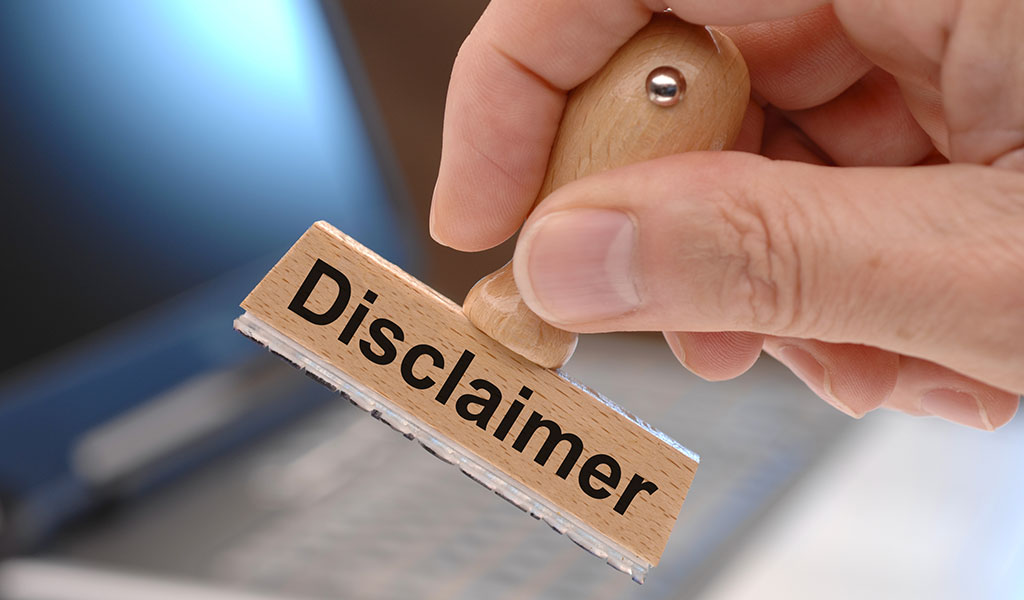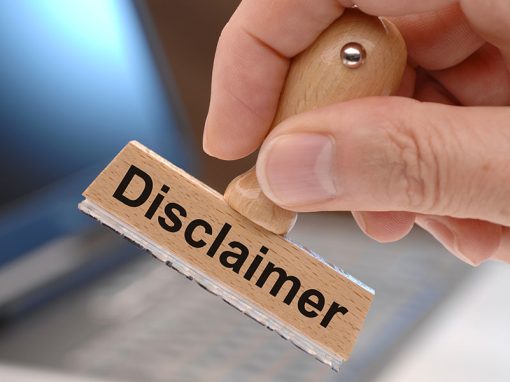DECISION G1/16
Following a referral in Decision T 0437/14 regarding the allowability of undisclosed disclaimers, the Enlarged Board of Appeal has clarified the approach to be taken when assessing whether the introduction of disclaimers contravenes the EPO’s added matter provisions.
The referral was based on an apparent contradiction between two earlier Enlarged Board decisions, G 1/03 and G 2/10.
G 1/03 and G 2/10
In G 1/03, it was decided that an amendment to a claim to introduce a disclaimer may not be refused under Art. 123(2) EPC provided that one or more of the following criteria are met:
- The disclaimer is introduced to restore novelty over prior art under Art. 54(3) or (4) EPC (e.g. earlier filed, but later published European patent applications and conversion of product claims to “product for use in” claims);
- The disclaimer is introduced to restore novelty over an accidental anticipation (i.e. a disclosure so unrelated and remote from the claimed invention that the person skilled in the art would never have taken it into consideration when making the invention); or
- The disclaimer disclaims subject-matter which is excluded from patentability for non-technical reasons (e.g. excluded under Art. 52(2) or Art. 53 EPC).
The Enlarged Board also stated that an undisclosed disclaimer should not remove more subject-matter than is necessary to restore novelty and should not be allowed if it becomes relevant for the assessment of sufficiency or inventive step.
In contrast to G 1/03, which was concerned with the allowability of undisclosed disclaimers, G 2/10 addressed the allowability of disclosed disclaimers. The term ‘disclosed disclaimers’ covers disclaimers that were present in the application as filed as well as disclaimers which disclaim subject-matter, where the subject-matter was present in the application as filed in a positive sense.
In G 2/10, the Enlarged Board decided that a claim amendment adding a disclosed disclaimer would fail if, ” the subject-matter remaining in the claim after the introduction of the disclaimer is not, be it explicitly or implicitly, directly and unambiguously disclosed to the skilled person using common general knowledge, in the application as filed. “
By its very nature, an undisclosed disclaimer cannot be directly and unambiguously disclosed in the application as filed and hence the Respondent/Opponents in this case argued that post-G 2/10, undisclosed disclaimers should not be allowable.
G 1/16
In G 1/16, the Enlarged Board confirmed that the standard to be applied when assessing the allowability of undisclosed disclaimers in the one set out in G 1/03. By contrast, for disclosed disclaimers, the proper test is the “gold standard” set out in G 2/10.
As well as endorsing the standard set out in G 1/03, the Enlarged Board also provided some further guidance on this matter.
In G1/03, the Enlarged Board stated that disclaimers excluding subject-matter for “legal reasons” did not breach Art. 123(2) EPC as they had “no bearing on the technical information in the application”. However, the present Enlarged Board criticised this wording and noted that this was too broadly stated and the introduction of any disclaimer necessarily changes the technical information in the claim.
Instead, in G 1/16 the Enlarged Board stated that the question to be asked is whether or not an undisclosed disclaimer quantitively changes the technical teaching or qualitatively changes the teaching. In the case that the disclaimer qualitatively changes the teaching to the applicant’s/proprietor’s advantage (with regard to requirements for patentability other than novelty) such a disclaimer cannot be considered allowable.
Whilst the Enlarged Board did not provide any examples of cases which highlight the difference between a quantitative and qualitative change, it did say that “in practical terms, this means that the evaluation of inventive step has to be carried out disregarding the undisclosed disclaimer” . The Board envisaged that by using this practical method, any unallowable modification of the technical teaching in the assessment of inventive step is avoided. Although not explicitly stated, it is assumed that this also applies to the assessment of sufficiency.
Therefore, it appears that when assessing inventive step and sufficiency, the claims should be inventive / sufficient without the need for the disclaimer. Addition of the disclaimer may make the claim “more inventive” or “more sufficient”, for example by removing less advantageous or non-working embodiments, may quantitively change the technical information, but the qualitative teaching (and hence whether the requirements of inventive step or sufficiency are met) must remain the same.
We will have to wait to see how the Technical Boards of Appeal apply the teachings of G 1/16 and whether any further guidance is provided regarding the distinction between quantitative and qualitative changes.
Share this article
Our news articles are for general information only. They should not be considered specific legal advice, which is available on request.









